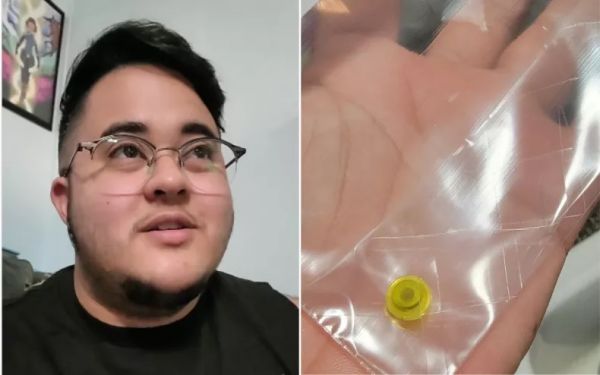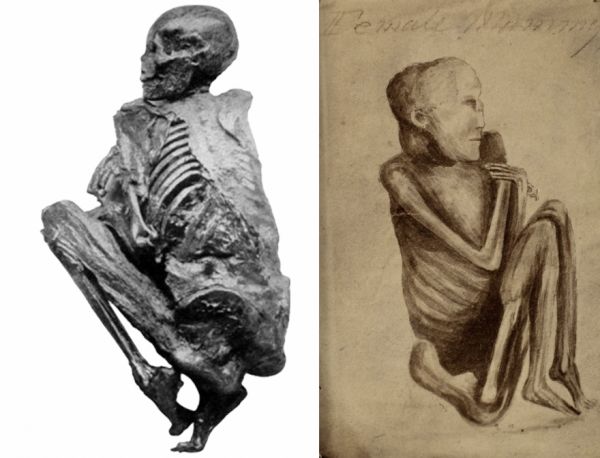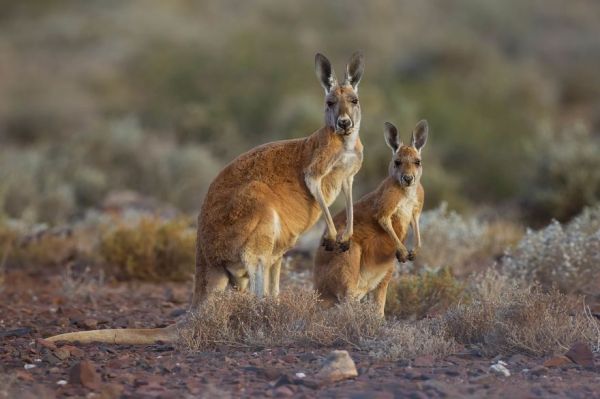
How can you meet a potential partner if you don't go to church or bars, and you've become disenchanted with online dating? The grocery store has emerged as an alternative meeting place. After all, everyone needs groceries. In Spain, the supermarket chain Mercadona had become ground zero for such meetups. The craze was sparked by a TikTok video, and others followed, directing lonely people to shop between 7 and 8 PM, and place a pineapple upside down in your cart. Then go to the wine section and see if anyone responds. What could possibly go wrong?
The trend is causing chaos in some Mercadona locations, with police responding to unruly crowds. At one store, a man dressed as a pineapple brought his bachelor party to the grocery. Employees, tired of returning pineapples to the produce department, have been seen hiding the fruit before seven o'clock. Read up on the viral trend and its real-world consequences at BBC. -via Nag on the Lake
(Image credit: Laoficina24)













